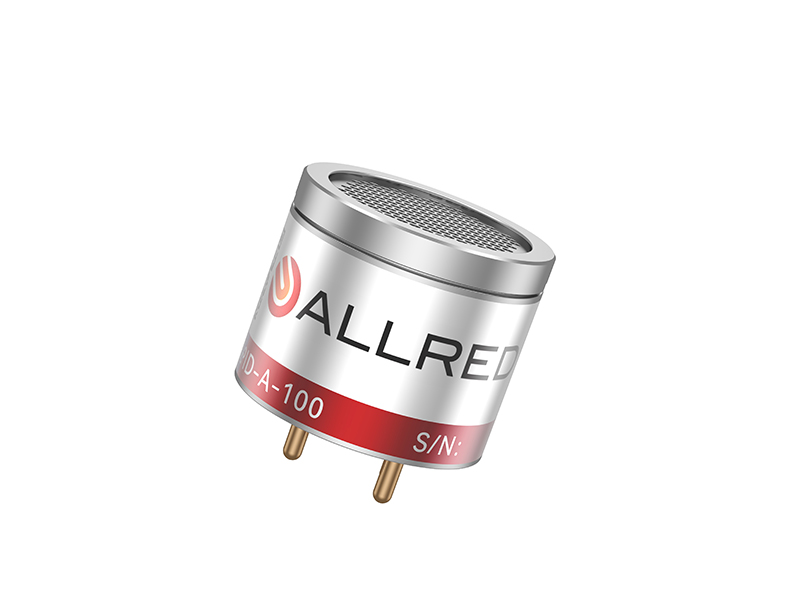
PID-A 4 series of photoionization (PID) sensors are equipped with 10.6eV ultraviolet lamp. The measured gas enters the ionization chamber of the sensor through natural diffusion or pumping and is ionized by UV light into an ionic state, which is then detected by charged electrode. PID sensor has extremely high sensitivity to low concentration VOC gases and can be used for various handheld, portable, and on-site fixed instruments and meters.
| Model | PID-A |
|---|---|
| Working Principle | PID photoionization detection |
| Detectable Gas | VOC(Ionization energy less than 10.6eV) |
| Measurement Range | See range table below |
| Measuring Error | ±3%LEL |
| Operating Voltage | 3.3~5.5V |
| Operating Temperature | -40℃~60℃ |
| Average Power | 120mW@3.3V |
| Operating Humidity | 0~98%RH non-condensing |
| Response Time | T90<5s |
| Housing Material | Stainless steel |
| Ingress Protection | IP54 |
| Dimension | Φ20mm*16.5mm |
| Service Life | 5 years (10,000 hours for UV lamp) |
Range Table
| Model | Measurement Range | Detection Limit | Sensitivity | Response Time | Linearity |
|---|---|---|---|---|---|
| PID-A-40 | 0~40ppm | 10ppb | >50mV/ppm | 5S | >98% |
| PID-A-100 | 0~100ppm | 25ppb | >20mV/ppm | 5S | >98% |
| PID-A-1000 | 0~1000ppm | 250ppb | >2mV/ppm@100ppm | 5S | >98% |
| PID-A-4000 | 0~4000ppm | 1ppm | >0.65mV/ppm@100ppm | 5S | 100ppm>98%, 1000ppm>88% |
* The above parameters are measured in the laboratory at 25°C with isobutylene as the standard gas.
* For other ranges, please contact the manufacturer.